John Hurrell – 11 April, 2025
In Watson's hands, elemental farming materials like wire netting, chains, meat hooks, staples, fence posts and sheep fleeces become creepy elements in a fierce critique of the livestock farming industry, highlighting the cruelty and indifferent (or calculated) violence to animals. As well as making parallels with extreme violence towards settler women and girls, as revealed in the disturbing ' Piano' narrative.
I, like most of us, am a meat-eater who is strongly opposed to cruelty to the creatures I happen to consume, and which provide the protein and milk from which I benefit, and materials for the leather and woollen garments that I wear.
Such issues rise to the fore in this unusual very focussed show, a synthesis of overt references that include stills from Jane Campion’s greatly admired film The Piano. In her show, Watson comments on what she sees as the hideous brutality of the archetypal Aotearoa high country farm. A linking theme.
In her hands elemental farming materials like wire netting, staples, thick chains, meat hooks, fence posts and sheep fleeces become creepy elements in a fierce critique of the livestock farming industry, highlighting the cruelty and indifferent (or calculated) violence to animals. As well as making parallels with extreme violence towards settler women and girls, as revealed in the disturbing Piano narrative. The two sorts of victim, human or farm animal, are presented in parallel.
The feminist connotations of the co-joined, V-shaped, decrepit fence posts featuring tautly-woven settler-dress stays (zigzagging using large staples on both sides) provide the highlight in my view, back-views that extend restraint to include torture in the name of ‘sex appeal.’ The V of course is not a co-incidental bodily reference, and the fence posts perhaps also obliquely allude to Maaori land confiscations.
Watson’s show also includes a fully functioning (pointedly white) visitor-controlling electric fence.
The subtlety of these layered works is missing from many of the other Watson exhibits, such as those featuring red star-shapes and wire netting. (These others perhaps reference imprisoned Jews, or am I over-interpreting?)
Driven by anger, Watson’s sculptures don’t cover over unambiguous emotion, and the jury is out in how visitors will actually respond— for art audiences seem not as predictable as they once were. Some of these works are openly gross visually and intended to rattle; especially if you know Campion’s film and its story. And even if you don’t….They represent political issues that alas have been around for decades, if not centuries.
John Hurrell
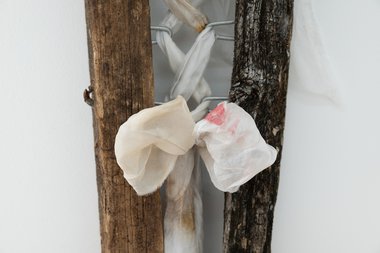
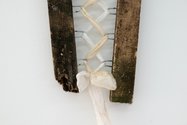



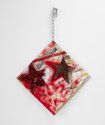
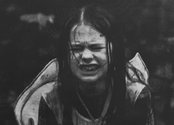
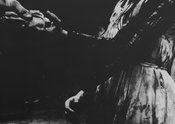
 Two Rooms presents a program of residencies and projects
Two Rooms presents a program of residencies and projects Advertising in this column
Advertising in this column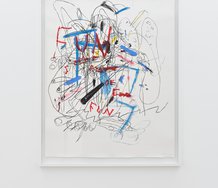


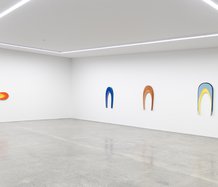
This Discussion has 0 comments.
Comment
Participate
Register to Participate.
Sign in
Sign in to an existing account.